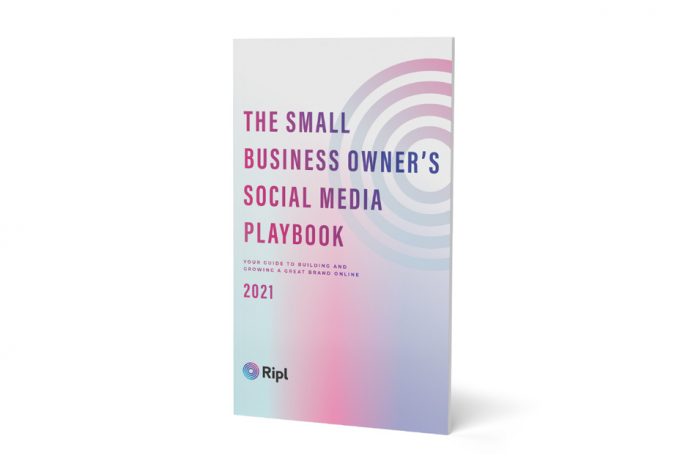Social media (Facebook, Twitter, Instagram, etc.) is a must-have advertising tool for small businesses looking to help spread the word about their offerings and their projects. Clay McDaniel, CEO of Ripl Inc., has plenty of experience in the best ways of utilizing social media and has plenty of words of wisdom to make sure that your company is using these platforms to their fullest and their best.
Ripl Inc., is a software company empowering hundreds of thousands of businesses to succeed on social media without the need for specialized staff or high costs. Ripl helps small business owners maker the most of their time by both elevating the quality of and simplifying the execution of their social media efforts to help them drive more business for what amounts to the cost of a take-out lunch once a month.
McDaniel breaks down ten key pieces of advice for small business owners in terms of managing their social media. He advises.
1. Consider focusing on a “hero” social platform.
If you feel like you’re spread too thin tying to manage all of your social channels, see if one is performing much better than the others and focus your energies there. Some channels don’t make as much sense for certain types of businesses. Visual platforms like Instagram often benefit retailers, while Twitter can be beneficial for sharing news and managing customer service.
2. Know your customers.
Small businesses often can’t afford to do mass marketing, so you need to make sure your social media activity is pinpointed to your customers’ needs. Spend the time to really personify your customer and what will speak to them and that will help as you develop new content throughout the month and year.
3. Add a Call to Action button.
This button sits just under your cover photo on your Facebook business page and can be added to Instagram, as well. Make sure it fits your business so potential customers can engage immediately to “Shop now,” “Book now,” “Sign up,” and more.

4. Update passwords and permissions.
Consider changing your passwords and permissions on each of your business pages for the new year (and if you have had team member changes). This is an important step to keep your accounts secure.
5. Set goals for your social pages.
Having a page just to have a page isn’t the best strategy, so set some measurable goals so you know what’s working and not. Perhaps that means brainstorming new types of content, posting more often or at more regular intervals, or doing more community management on your social media channels.
6. Refresh your business profile images and main images.
Your profile picture and cover/banner image are your most notable visuals on each platform and should feature your logo, or something representative of your company for this upcoming year like a shot of your location, team or key products.
7. Use a vanity URL on Facebook.
When you first set-up your Facebook business page, a random URL was assigned. Creating a vanity URL specific to your business is a lot more memorable for your customers.
8. Do a feed and follower clean-up.
Whether on Facebook, Instagram or Twitter, if there are personal or business profiles you no longer want updates from, unfollow/unlike them. Leave any groups that are no longer relevant. Consider removing or, if necessary, banning followers (especially inactive or fake ones) from your page or profile, as well.
9. Optimize your Instagram bio.
To make sure your Instagram account is up to date, edit your profile. Upload a new image, tweak your bio, add a website link. Don’t forget enabling a call to action button, adding your business category and contact information.
10. Delete or archive old content.
Comb through your past Instagram posts and Twitter tweets and decide if any are outdated or no longer applicable to your business. Go through each of your story highlights at the top of your Instagram feed and remove outdated content…and if you’re not yet using Instagram stories for your business, you should start. This is a great way to keep important content indefinitely since highlights last forever while stories only last twenty-four hours on the platform.
Be sure to also go through your past tweets to determine if there are any that might spark controversy or seem tone deaf and delete those, as well.











